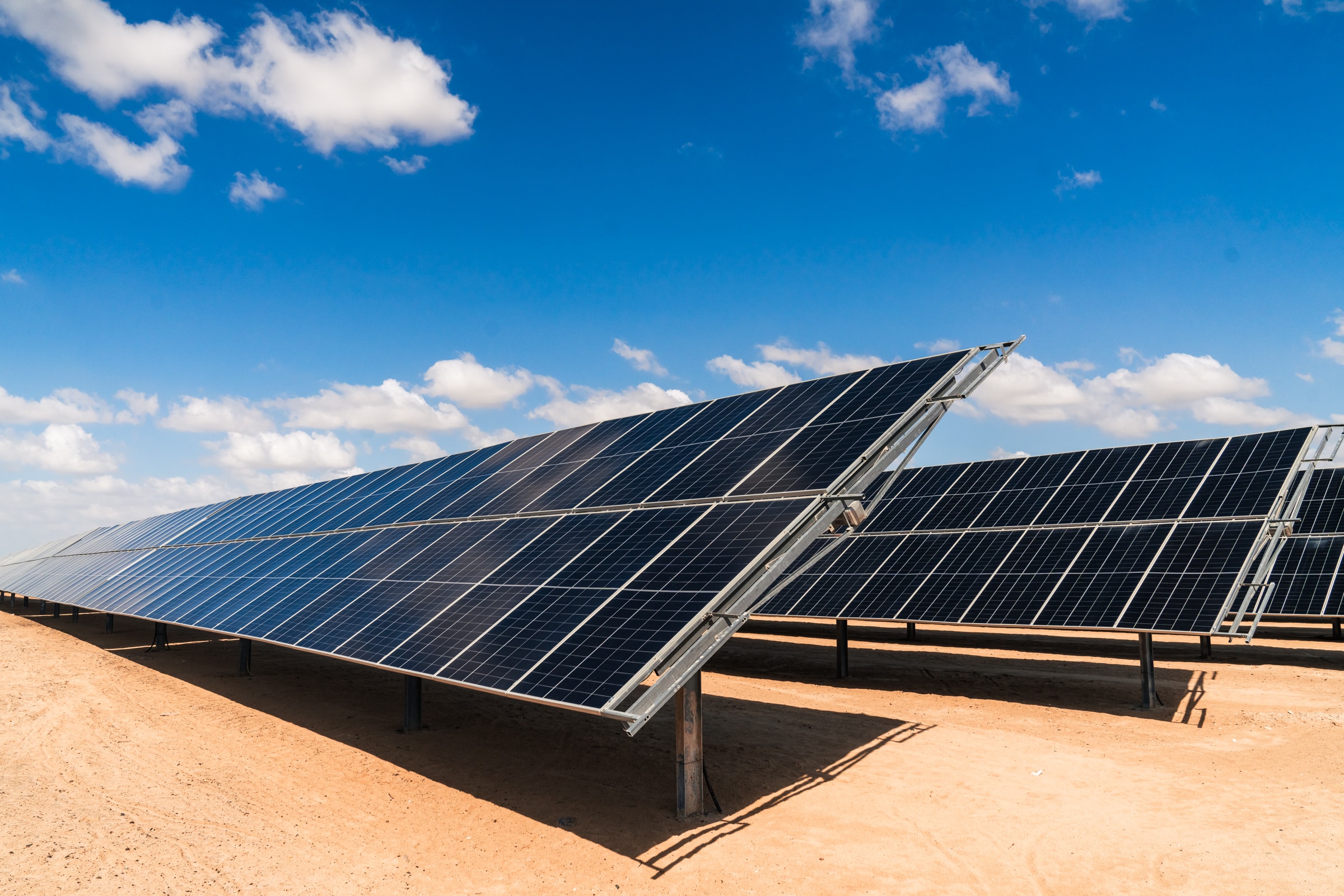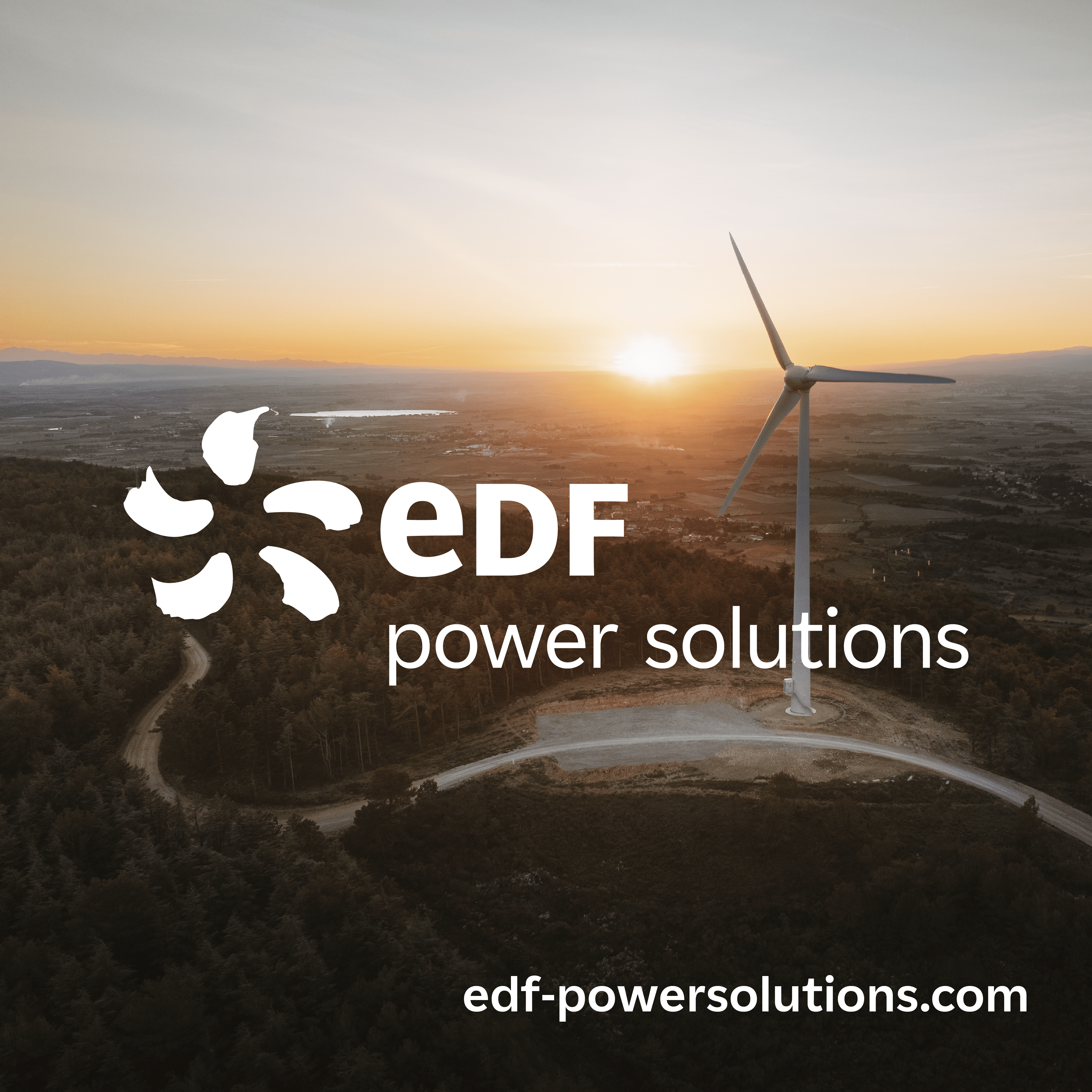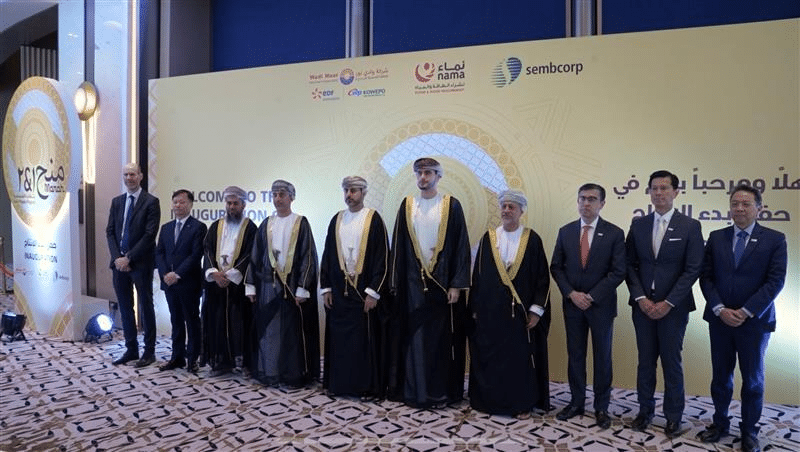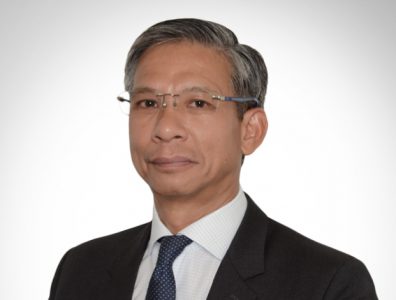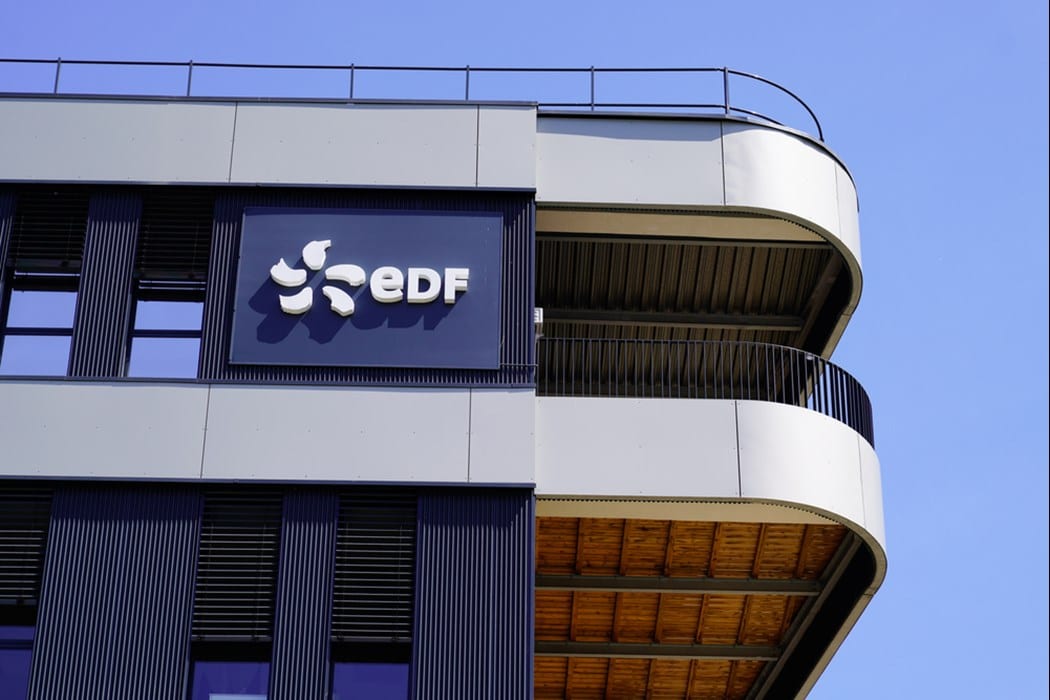The UAE, a major oil exporter, is spending billions to develop enough renewable energy to cover half of its needs by 2050, and is targeting net-zero domestic carbon emissions by that year.
Al Dhafra project, located in the desert some 35 kilometres (21.7 miles) south of the capital Abu Dhabi, will provide enough electricity for 160,000 households in the country of 10 million people, said Olivier Bordes, regional director for France’s EDF Renewables.
“It started producing its first kilowatt hours of electricity at the end of last year and should officially go into service before the summer,” Bordes told AFP.
Once fully operational, it will produce up to 2.1 gigawatts, he added.
State-owned Emirati companies TAQA and Masdar own 60 percent of the project, which they describe as the world’s largest single-site solar plant. The remainder is owned by a consortium formed by EDF Renewables and China’s Jinko Power Technology.
The plant of giant, double-sided solar panels, which rotate to face the sun, occupies a site spanning more than 20 square kilometres (nearly 5,000 acres).
Visiting the site on Tuesday, France’s Finance Minister Bruno Le Maire welcomed the “extremely close cooperation” between Paris and Abu Dhabi in the field of renewable energy.
Le Maire, who also stopped in Saudi Arabia and Qatar in a regional tour, said he wanted to “support” oil-producing Gulf countries on their path to “decarbonisation”.
Renewable energy firm Masdar said on Tuesday that Emirati and French companies have “partnered in the development, investment and operation of over 6.2 gigawatts of clean and renewable energy programmes across the globe”.
Businesses from both countries have also “mobilised over US $6 billion in investment, displacing some 10 million tonnes of carbon dioxide annually”, Masdar said in a statement.
The UAE will host the COP28 climate summit in November and December, a move criticised by environmentalists who question whether one of the world’s biggest oil producers should lead the fight against global warming.

